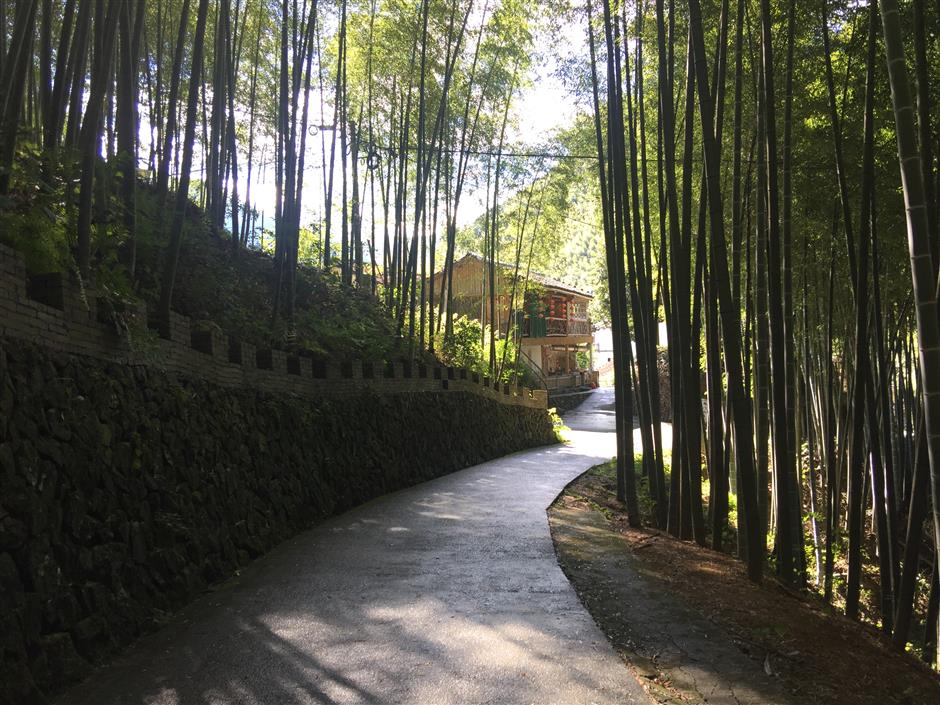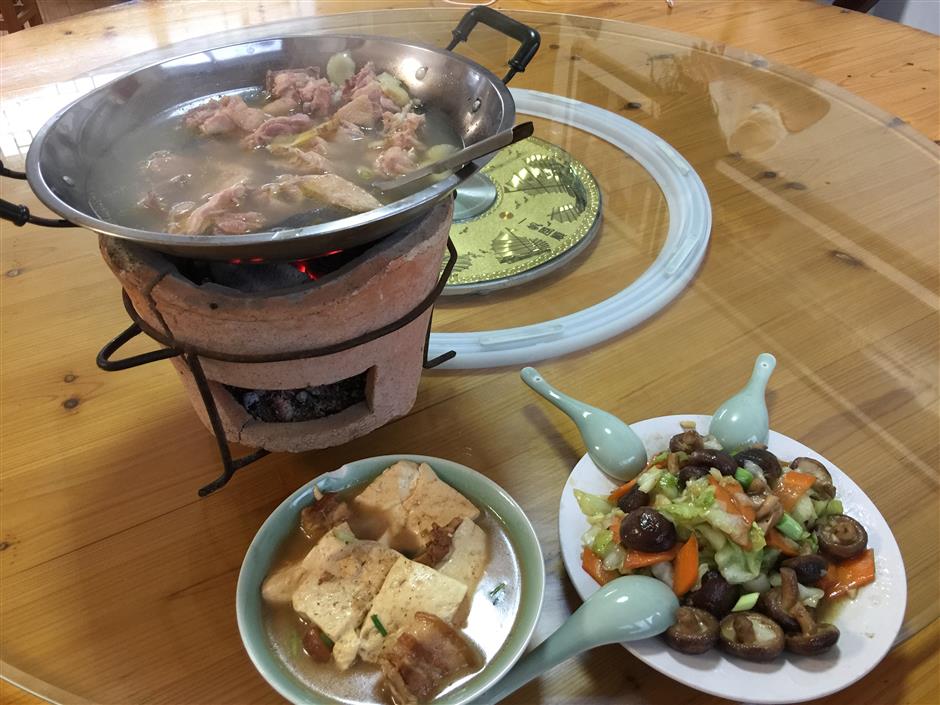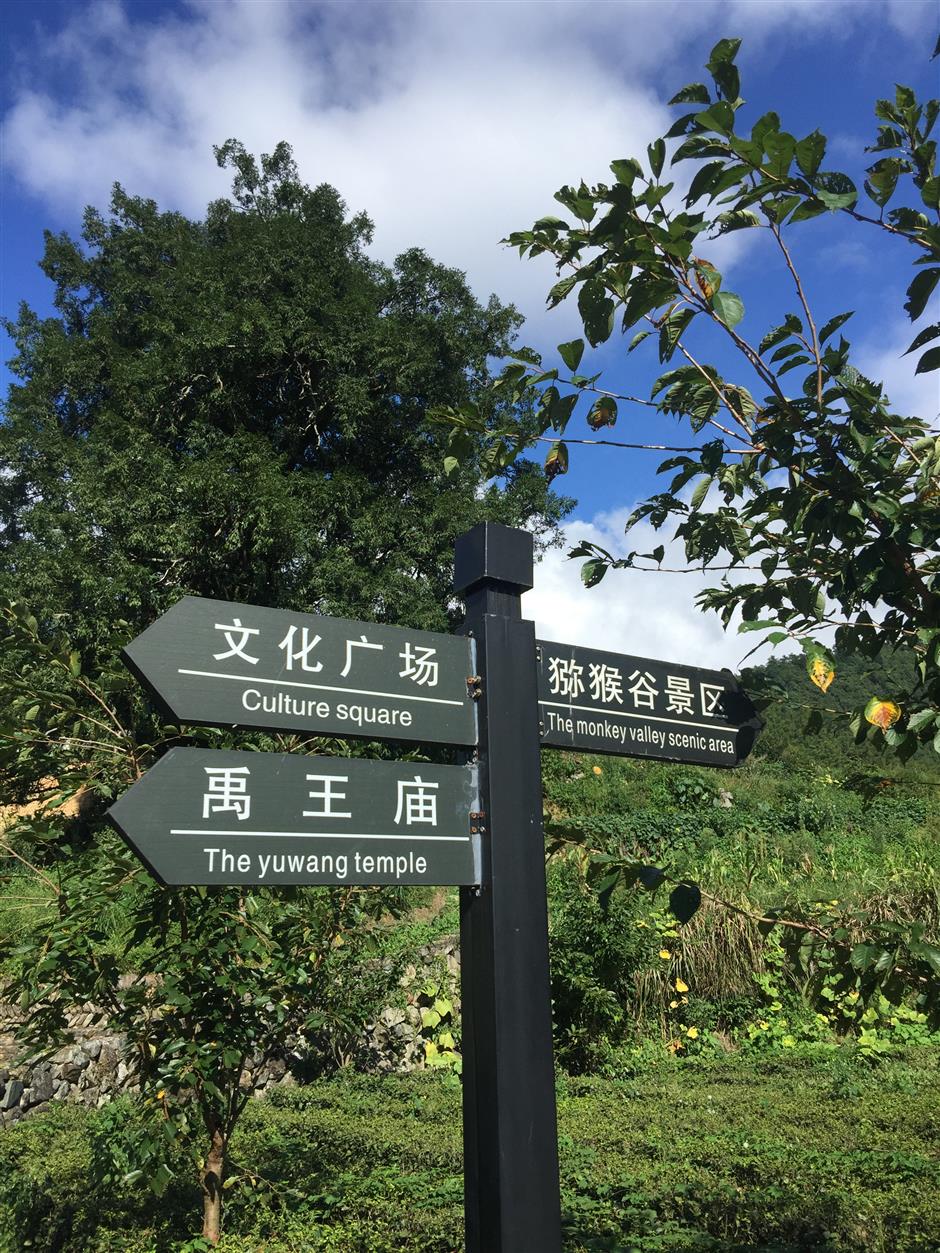Sampling village life in a mountain setting
Having a grand tour during summer vacation has been a family tradition since my daughter was a toddler.
The tradition persisted when she grew up. In 2014, we drove around Western Europe in a hire car for just over three weeks, visiting France, Italy, Germany, Austria and Switzerland.
In 2016, we stayed closer to home and changed our pattern. Instead of hopping from place to place, we decided to stay in one spot for a longer period.
That’s how we ended up spending a week in the village of Liyuxi in Fujian Province, where we had the time to soak up the local culture and enjoy the relaxed, slower pace of a small community.
We decided there’s something to be said about nestling in a village instead of rushing from one famous destination to another. The grand tour turned into charming journeys off the beaten track.
Last August our destination was Lu’ao Village in the Donggong Mountain that straddles southern Zhejiang Province and northern Fujian Province.
The village is within sight of 1,929-meter Huangmao Peak. Longquan Mountain and Fengyang Mountain are two famous scenic areas near the village, but we didn’t visit them.
The road up to Lu’ao, a village of 202 people that sits at 1,200 meters above sea level, is not easy even for experienced urban drivers, especially when it’s raining as it was when we arrived. The road is barely wide enough for two cars. It was a harrowing route at times.

The village is surrounded by forests of bamboo.
We booked into nongjiale, typical of family-run rural inns found across China. The landlady greeted us warmly and ushered us to the top floor of the three-story inn.
The accommodation was simple in décor, with two main rooms separated by a bathroom. Fortunately the washroom was clean, with hot water from the tap.
The view to the south was stunning. Standing on the balcony, I was treated to a panorama of layers of terraced fields where tea, vegetables and rice are grown. Large swathes of forest and bamboo covered the mountains.
I could hear the clucking of chickens and the honking of geese kept in a pen. Even with mist and drizzle fogging the vista, it was all enchanting.
In the village, I could see the concrete ribbon of roads, roadside lamps, green and blue trash boxes and flower pots dotting the houses.
“It’s so beautiful,” I said.
“Yes, it is!” agreed my daughter, who was watching a video on her mobile phone in bed.
The landlady prepared chicken soup for us, accompanied by local vegetables. We were so delighted by the meal that we even had some alcohol with it, something rare except on special family occasions.

Family inns serve meals using local ingredients, including free-range chicken, mushrooms and vegetables.
The next day we walked along the road to the center of the village, which has a square covered in stone slates. We saw pumpkins bigger than a washing basin, a small pond with colorful fish and several trees up to 400 years old.
We decided to explore Monkey Valley near the village. Our landlord said monkeys there feed off kiwi fruit and bamboo shoots. He was kind enough to cut three walking sticks for us.
Our trek started from the Guanhou Pavilion, or Watching Monkey Pavilion, about 100 meters from the square.
We followed a stepped path — sometimes stone, sometimes wooden planks — down to the valley. It was flanked by tea bushes on the left and a deep valley on the right.
After a few hundred meters of walking, we came to a creek with a wooden bridge. The water was crystal clear, and the air was bracing.
The area was free of plastic bottles and other visitor detritus that often mars scenic spots. We were enchanted by waterfalls along our route. The changing sunlight gave a kaleidoscope effect to the vistas.
The pathway was sometimes so narrow that barely two people could walk abreast. That was especially true on the side of the mountain leading up to the main road after the two-hour trek.

Rushing streams fill Monkey Valley, a popular destination for hikers near Lu'ao Village. The quickest hike takes about two hours.
We returned to the inn exhilarated but tired. Our hosts greeted us with a lunch of duck in soy sauce, stir fried white hyacinth beans and stone-frog soup.
After lunch, host Ji Genyou told me the village began receiving tourists in about 2000, after a group of visitors from Shanghai came to escape summer heat in the cool mountain climate. Ji and two brothers decided to open their homes to visitors.
He told us he once went to Monkey Valley to hunt for stone frogs before the pathway was built.
“It was a harrowing experience,” he told us. “That night, we managed to reach the creek and caught more than 5 kilograms of frogs.
“However, we had to climb up the waterfalls to return to the village, and it was terrifying at night. There were snakes in the creek. I never went to catch frogs there again.”
In 2006, the village was designated a tourist demonstration village. In 2013, the local credit cooperative extended a 2 million yuan line of credit, with annual interest of 5 percent, to villagers to improve their living conditions. After that, new residential buildings mushroomed.
Government authorities helped the village set up a transformer substation, a water supply and sewage system, rubbish collection and road signing.
Roads were built using rocks and timber from the mountain. Local authorities paid the labor costs.

Bilingual road signs in the village point visitors to local areas of interest.
The village now has a tourist information center and an activity center with library and a chess and card room. Public toilets are available in the streets.
According to local officials, In 2013, the income of each family in the village averaged 150,000 a year. It has since risen to about 200,000 yuan (US$29,018).
In 2016, Lu’ao Village was designated a “beautiful village” in Zhejiang Province.
Chinese President Xi Jinping started the “beautiful villages” campaign in 2003, when he was Party secretary of Zhejiang. It was a way to focus attention on the plight of villages that were lagging in the nation’s economic development.
The “beautiful villages” campaign has since gone nationwide, bringing upgraded living conditions to rural dwellers.
Xi has declared that China needs agriculture to be strong, and for the nation to be beautiful, its villages must be beautiful and its farmers wealthy.
By the end of 2017, 27,000 villages in Zhejiang had undergone major rehabilitation to improve living conditions. Sewage treatment plants have been installed, water supplies upgraded, houses renovated, community facilities constructed and dirt roads paved.

Magnificent mountain scenery around Lu'ao Village in Zhejiang Province.















